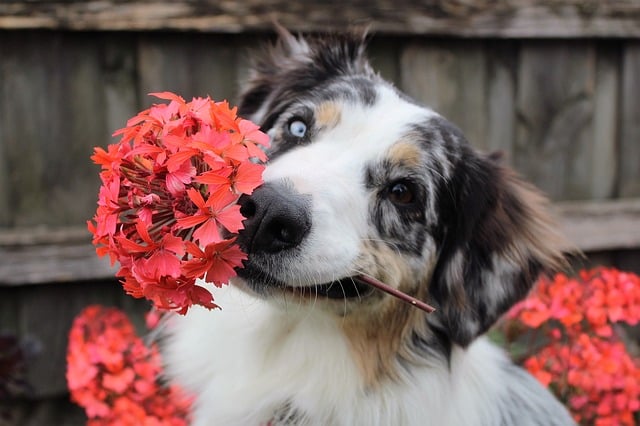
If you are one of the millions of people affected by seasonal allergies, springtime can be rough. Tree and grass pollen, mold and fungus are all at peak production at this time of year. The sneezing, itching and other types of discomfort that come along with exposure to environmental allergens can make things just plain miserable.
While you may not have realized it, the same can be true for dogs. Your furry friend can have unpleasant reactions to allergens just like you.
Environmental allergies, or atopy, are fairly common in dogs; according to some estimates, about 10% of dogs suffer from atopy. In fact, you may have already spotted some of the symptoms. In dogs, allergies often manifest themselves in itchy irritated skin. Ear and skin infections can also be a sign of allergies as can excessive shedding or hair loss. If not tended to, symptoms can worsen and over time lead to health issues such as respiratory problems.
So how can you help your dog make it through allergy season? Frequent bathing with a gentle shampoo can keep your dog’s coat clear of pollen and other irritants. It can also help minimize shedding. Pollen levels are generally highest in the early morning and late afternoon, so it’s best to limit outdoor activity during these times of the day. It’s also a good idea to avoid parks or fields where many flowering plants and grasses are common. When you return from your walks, take time to wipe down your dog from head to toe. Don’t forget to pay attention to your pup’s paws.
Even though both you and your dog are eager to enjoy the spring air, it’s best to limit outdoor activity since exposure to pollen can aggravate allergy symptoms.
If, despite all your efforts your dog is miserable, consult with your veterinarian. For some dogs, medication is the only option. You also want to make sure that the symptoms you notice are not due to a medical problem such as an ear or skin infection. Your vet will also be familiar with the type of vegetation in your area that may be causing your dog difficulty. He or she can offer specific tips on other things you can do to help both you and your dog make it through this challenging time of year.


